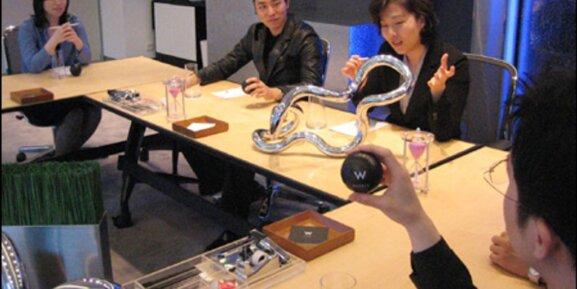Common Courtesy On Transportation
There are a few things in Korea that you may not catch onto right away. One of these things may be how to behave on the transit systems; buses, subways, and trains. Firstly, when going on the subway, you DON’T sit in the elderly/disabled seats that are off to the sides. Even if there is no one in them, and they’re the only seats available.
The pink seats that are only on some of the subways meant for pregnant women, do seem to be okay to sit in though (of course unless you see a pregnant woman). The only people you find sitting there that are not disabled or elderly, is occasionally women with small children. Other than that those that are clearly foreigners – so if you’re trying not to look like an obvious tourist, avoid sitting in these seats. On the bus however, it is okay to sit in them until you see an older/disabled person getting on the bus. One you probably already know is that elders are respected here, however, you may not find them to be the most respectful. It’s not uncommon for ajummas and ajjushis (the Korean term for older women and men), to get a little pushy when they’re trying to enter and exit the subway in a hurry.

Other tips whilst in transit to avoid looking like a tourist includes being quiet. You’ll be surprised when you see Korean’s suddenly stop talking when they get on a subway or bus. They almost immediately stop talking and turn to their phones. On the plus side – if you’re with SKT or Olleh, you can get free wifi. Mind you, this wifi isn’t fantastic, but it’s something. If you do end up being loud on the subway, expect an older Korean person to give you a big obvious “Shh.” Also, eating and drinking on the bus and subway is greatly frowned upon. Eating anywhere that isn’t a place that serves food or in a park for a picnic is likely to get you some dirty looks.
Trains however, like the ITX or KTX are exceptions to these rules. You’ll have defined seats most of the time (so no worries about sitting in the wrong seat – they’re clearly labeled). In these seats, you can happily eat or snack or have a drink without any problems. Every so often during peak times, like Chuseok or Lunar New Year, if you’re lucky enough to get a ticket in time (book them early!), you may end up with a standing ticket.
In this case, most people gravitate towards the snack car. An open car on the train with few seats, and of course, a snack counter (which may or may not be open). Here you can hang out, have a drink or two, and some of these cars even have small noraebangs (individual Karaokes) in them! Overall public transit in Korea is relatively inexpensive, and convenient. You can get all over the country on either a bus or train, and there’s almost always an option to buy a ticket in English. If you follow some of these tips above, you’ll be avoiding making any awkward social faux pas. Happy traveling!


